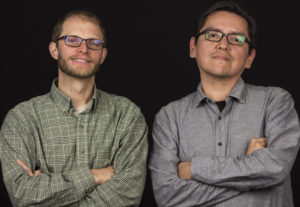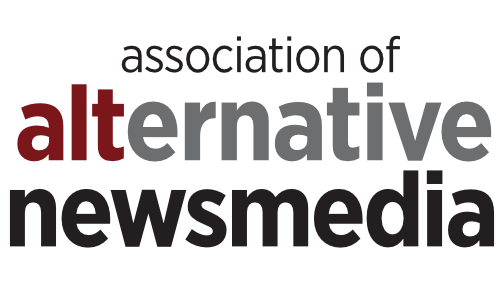Spread across Montana are seven Native American reservations and the state-recognized Little Shell Tribe of Chippewa Indians. And for four months each year, a team of students from the University of Montana School of Journalism reports their stories.
The Native News Honors Project, now in its 28th year, has two missions: To bring much-needed coverage to the tribes and to teach students how to cover them in a meaningful way. Carol Van Valkenburg founded the project while Patty Reksten, now on the photo team at The Oregonian, was the first visual instructor. Today, professors Jason Begay and Jeremy Lurgio carry on the project’s writing and photography leadership, respectfully.

“We talk about teamwork in this project and we team up writers and visual journalists together and we really stress that it’s their project,” Lurgio said. “They’re really working together to get complementary coverage with both the words and the video and the still images.”
The 16 reporting students are assigned reservations or the Little Shell Tribe to cover, while other students may act as editors, designers, social media editors or audio producers. Begay said he and Lurgio specifically choose students, typically seniors, who they believe can finish the project because all the stories are published by the school as well as in The Missoulianand Billings Gazette newspapers. Begay, who is Navajo, and Lurgio, who is white, also take into consideration the fact that most participants in the program have never been to a reservation, so pairing Native and non-Native students when possible is important.
Every cohort of students are given a distinct theme for their stories, which Begay said is usually driven by topics that have been in the news lately or that could have a direct effect on Indian Country. Last year, the focus was tribe sovereignty, inspired by the protests at Standing Rock Indian Reservation, while 2017’s cohort wrote about health care. For 2019, it’s the alarmingly undercounted rate of murdered and missing Native and indigenous women and girls. A report by the Urban Indian Health Institute – updated in February – found that only 116 of the 5,712 reported cases in 2016 were entered into the Department of Justice’s missing persons database.
“[It’s] got tremendous play nationwide, everywhere,” Begay said. “It’s kind of an oversaturated thing so our challenge this year is to cover this in a new way, find new angles that haven’t been covered, which is really hard.”
Striking a balance between heavier, headline-grabbing issues and lesser-known subjects such as community relationships on the reservations, is the key. As Lurgio said, “We sort of fail if we don’t get a whole arc of stories.”
Most students use the week of spring break to travel to the reservations, conduct interviews and gather footage or images. Until then, Begay and Lurgio said, they have to pre-report and learn how to avoid parachute journalism pitfalls.
“We give them that knowledge and understanding of history so they can try to figure out ways to get past that, especially for visual journalists,” Lurgio said. “You’re making tons of phone calls leading up to your trip, and you have to be up front about what the story’s about and why it’s important but then [by] the same token you have to say, ‘Here’s our topic, here’s where our story is going, what do you think?’ and be good listeners as well.”







